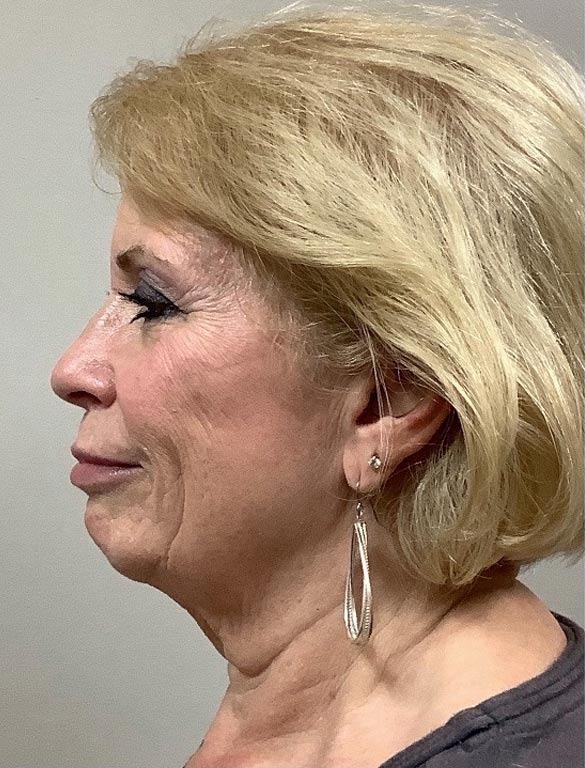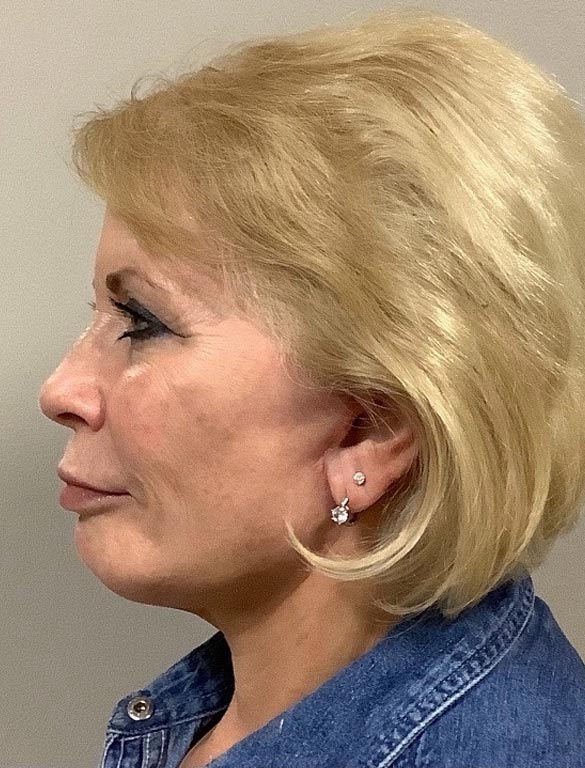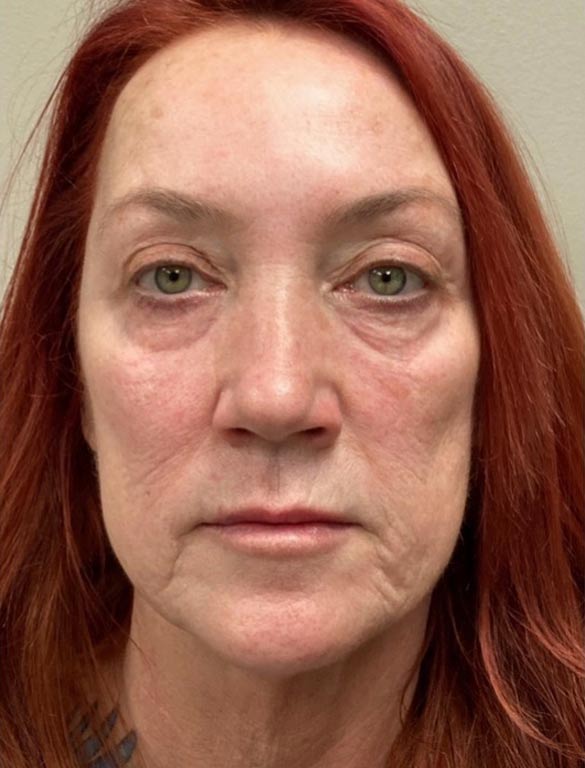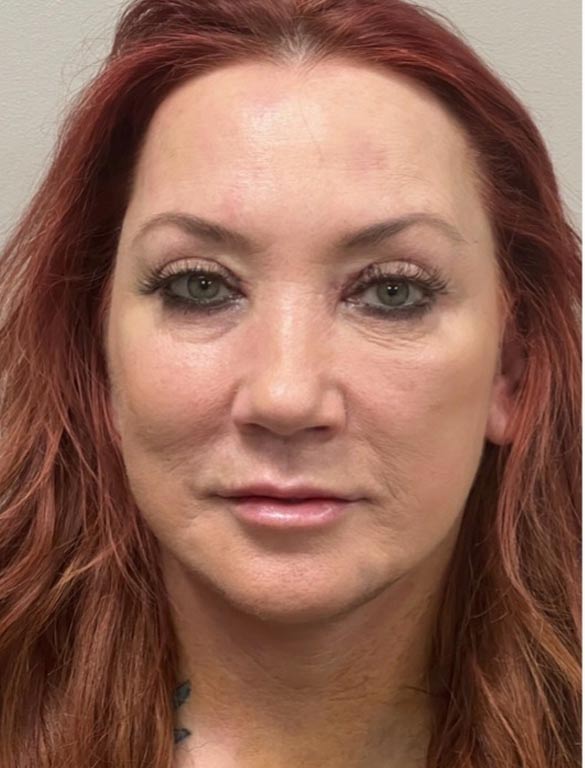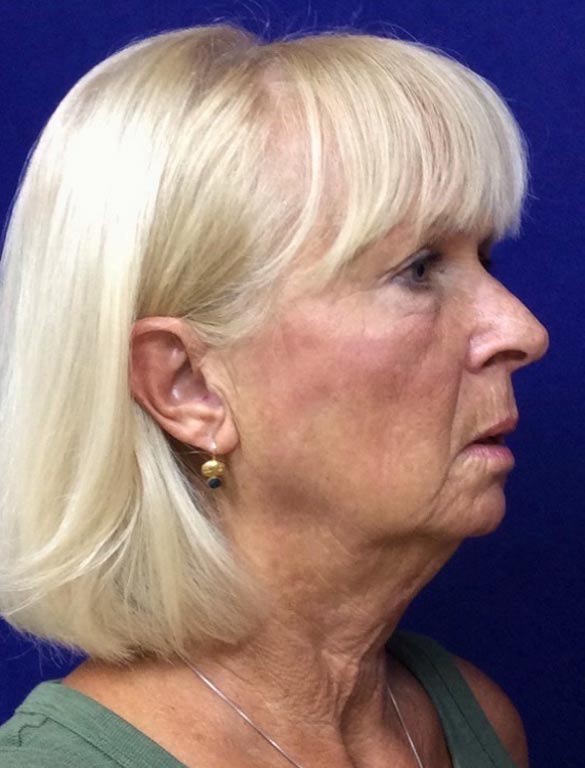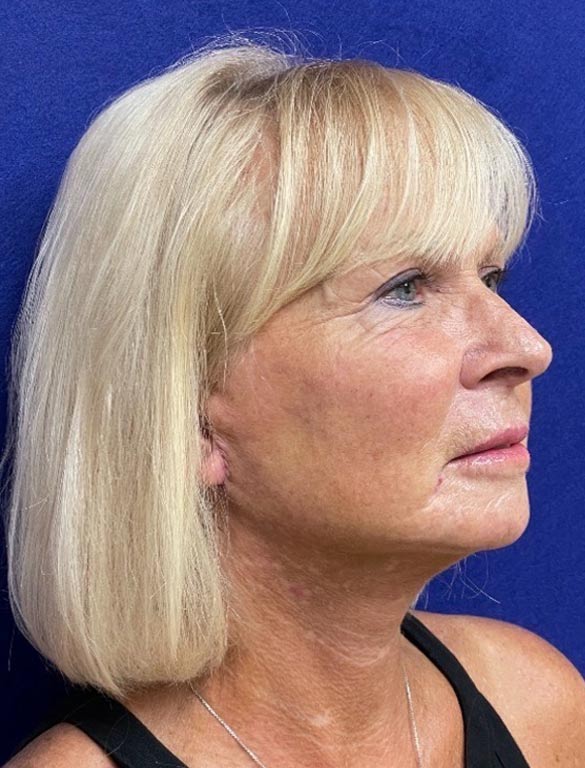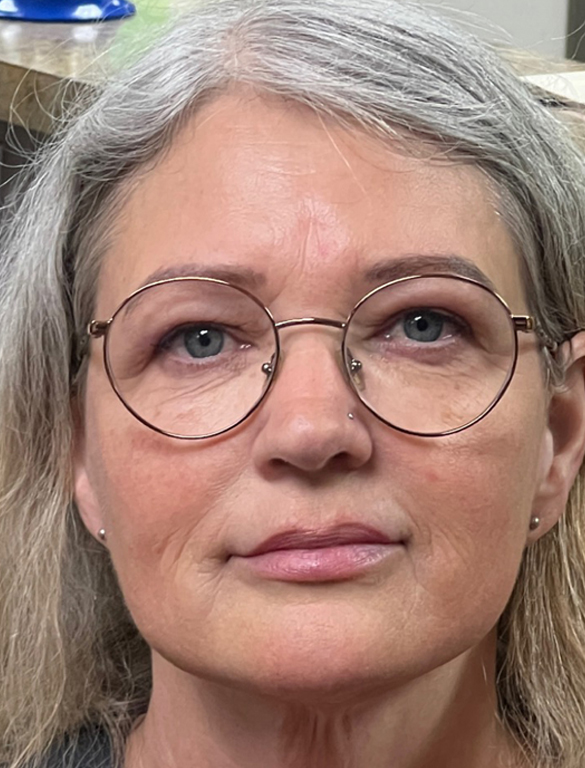Many people have questions about moles and other skin growths — especially if they are concerned whether these moles may be cancerous or not. This is important for those with fairer skin or who have a family history of skin cancer.
What are Moles?
Moles are a group of pigmented (colored) cells that are almost always small, dark spots — however, they can also come in other sizes and colors, as well as being raised, smooth or wrinkled. Most moles appear during childhood, and the throughout the first 30 years of life. Most adults will have an average of anywhere between 10 and 40 moles.
There are many reasons to have moles removed including discomfort or just because they are simply unattractive. Often, moles, especially those that are raised can catch on jewelry or clothing. Additionally, some moles can appear in areas, such as the face, where they are unsightly.
Another reason for mole removal is if there is some concern that the mole may be cancerous. According to the Skin Cancer Foundation, there are five warning signs of cancerous lesions or moles. These signs are known as the ABCDEs of Melanoma.
- A – Asymmetry — Moles that are not symmetrically can be a warning sign
- B- Border — Benign or non-cancerous moles have even borders. Borders of cancerous moles will be uneven, notched or scalloped.
- C – Color — The majority of non-cancerous moles are a single color, usually brown. If a mole has different colors, it could be a warning sign.
- D- Diameter — Melanomas or cancerous moles are usually larger in size (6 mm or larger), but can be smaller when first detected
- E – Evolving — Benign moles do not generally change over time; so, if a mole starts to change, it’s time to consult a physician. This includes changes in size, color, or if it starts itching, bleeding or crusting over.
If you are at risk for skin cancer, it is important to self-examine your body on a regular basis. You should also visit your physician on a regular basis for moles that you may not be able to see.
If you are concerned about a mole and whether it is benign or malignant or if you just want to have one removed for cosmetic reasons, consult with a knowledgeable physician. The team of professionals at Skin and Vein Center can provide services that can include mole removal, as well as cancer screening for any moles that are removed.

